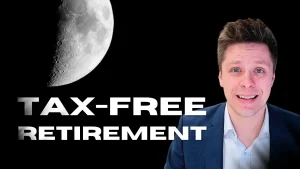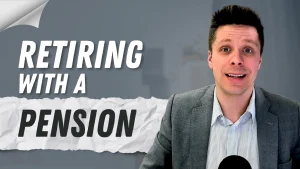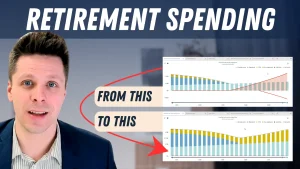[vc_row css=”.vc_custom_1612380408194{padding-top: 20px !important;padding-bottom: 20px !important;}”][vc_column][vc_video link=”https://youtu.be/H0_a4IWwZGk” css=”.vc_custom_1695256838230{padding-top: 20px !important;padding-bottom: 20px !important;}”][vc_column_text css=”.vc_custom_1695256848378{padding-top: 20px !important;padding-bottom: 20px !important;}”]Is there a wrong way to use your TFSA? We see it all the time. The result, missed growth and potential tax consequences. What’s the fix? Lets dig into it.[/vc_column_text][/vc_column][/vc_row]





